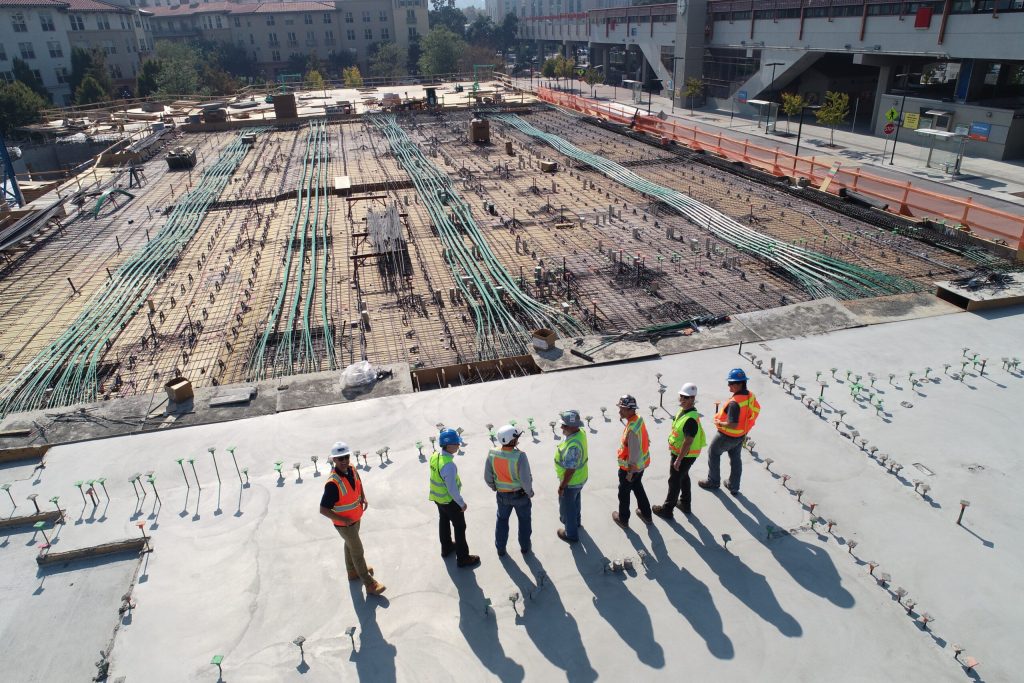Empowering Safety Professionals Tools for Effective Risk Assessment
In the dynamic landscape of occupational safety, empowering safety professionals with effective tools for risk assessment is paramount to fostering a secure work environment. The role of safety professionals extends beyond mere compliance; they are entrusted with the well-being of employees and the sustainability of organizations. To navigate the complexities of modern workplaces, these professionals require cutting-edge tools that not only identify potential risks but also facilitate proactive mitigation strategies. One of the cornerstone tools for effective risk assessment is advanced data analytics. Safety professionals can harness the power of big data to analyze historical incident reports, identify patterns, and predict potential hazards. By integrating predictive analytics, organizations can preemptively address safety concerns, preventing accidents before they occur. Real-time data feeds from sensors, wearables, and other IoT devices provide an up-to-the-minute understanding of workplace conditions.

This allows safety professionals to make informed decisions and respond promptly to emerging risks, enhancing the overall resilience of the safety framework. Machine learning algorithms play a pivotal role in risk assessment by continuously learning from evolving datasets. These algorithms can adapt to changing work environments, identify new risk factors, and enhance the precision of risk predictions. For example, machine learning models can analyze employee behavior patterns and identify deviations that may indicate increased risk. This proactive approach enables safety professionals to implement targeted interventions and tailor safety protocols to specific work scenarios. Virtual reality VR and augmented reality AR technologies are revolutionizing the way safety professionals approach risk assessment. VR simulations allow workers to experience potentially hazardous situations in a controlled environment, providing valuable insights without exposing them to real dangers. These immersive technologies not only enhance risk awareness but also contribute to a culture of continuous improvement by facilitating realistic training scenarios.
Collaborative platforms and communication tools are integral components of a robust risk assessment toolkit. Safety professionals can leverage these platforms to facilitate real-time information sharing, ensuring that all stakeholders are on the same page regarding safety protocols and incident response procedures. In emergencies, instant communication can be a lifesaver, enabling swift coordination of evacuation plans and emergency responses. Cloud-based Safety Communication Strategies collaboration tools also allow safety professionals to access and update risk assessments remotely, promoting flexibility and agility in their roles. Furthermore, mobile applications designed for risk assessment empower safety professionals with on-the-go access to critical information. These apps can streamline the process of data collection, risk evaluation, and reporting. Mobile platforms enable safety professionals to conduct site inspections, record observations, and update risk assessments directly from the field. This mobility enhances the efficiency of risk management processes, making it easier to address emerging risks in real-time.